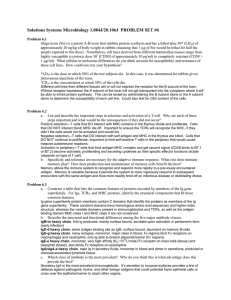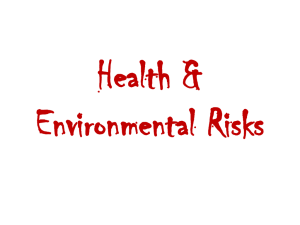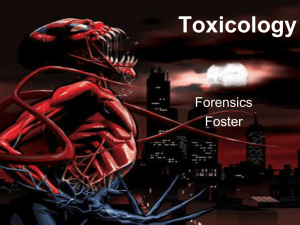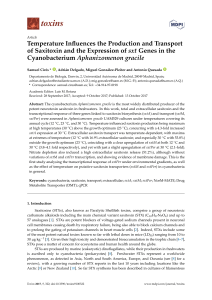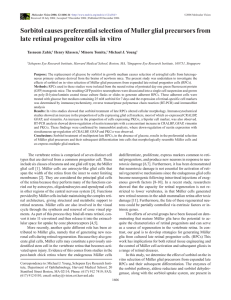Systems Microbiology 1.084J/20.106J PROBLEM SET #6 – Due Wednesday...
advertisement
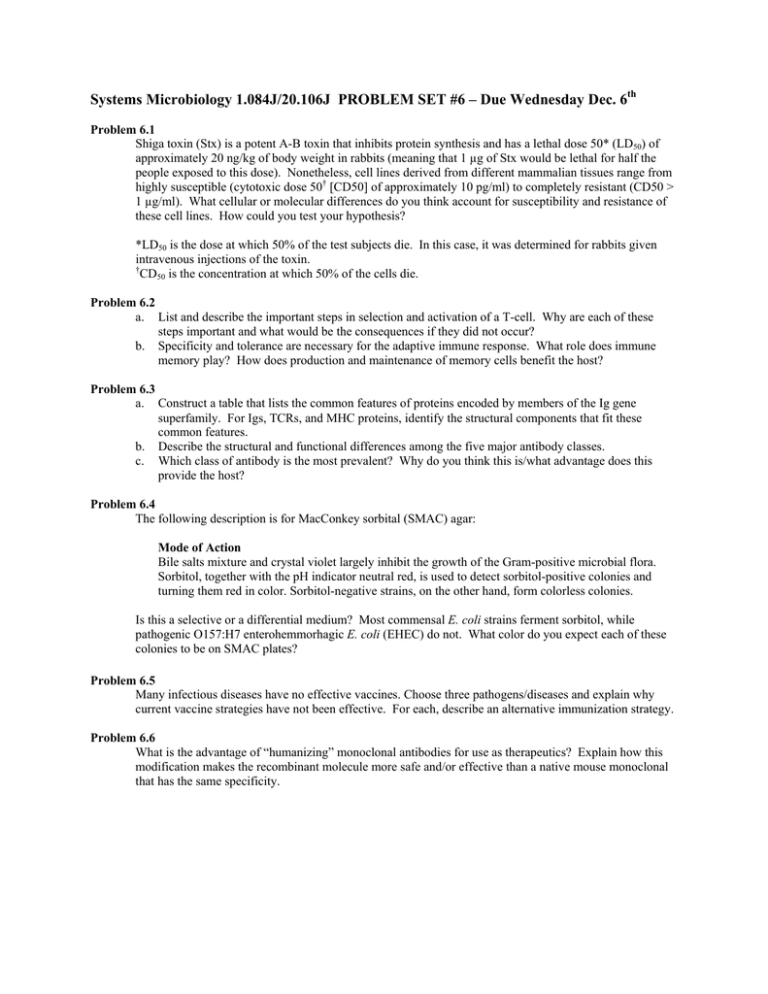
Systems Microbiology 1.084J/20.106J PROBLEM SET #6 – Due Wednesday Dec. 6th Problem 6.1 Shiga toxin (Stx) is a potent A-B toxin that inhibits protein synthesis and has a lethal dose 50* (LD50) of approximately 20 ng/kg of body weight in rabbits (meaning that 1 µg of Stx would be lethal for half the people exposed to this dose). Nonetheless, cell lines derived from different mammalian tissues range from highly susceptible (cytotoxic dose 50† [CD50] of approximately 10 pg/ml) to completely resistant (CD50 > 1 µg/ml). What cellular or molecular differences do you think account for susceptibility and resistance of these cell lines. How could you test your hypothesis? *LD50 is the dose at which 50% of the test subjects die. In this case, it was determined for rabbits given intravenous injections of the toxin. † CD50 is the concentration at which 50% of the cells die. Problem 6.2 a. List and describe the important steps in selection and activation of a T-cell. Why are each of these steps important and what would be the consequences if they did not occur? b. Specificity and tolerance are necessary for the adaptive immune response. What role does immune memory play? How does production and maintenance of memory cells benefit the host? Problem 6.3 a. Construct a table that lists the common features of proteins encoded by members of the Ig gene superfamily. For Igs, TCRs, and MHC proteins, identify the structural components that fit these common features. b. Describe the structural and functional differences among the five major antibody classes. c. Which class of antibody is the most prevalent? Why do you think this is/what advantage does this provide the host? Problem 6.4 The following description is for MacConkey sorbital (SMAC) agar: Mode of Action Bile salts mixture and crystal violet largely inhibit the growth of the Gram-positive microbial flora. Sorbitol, together with the pH indicator neutral red, is used to detect sorbitol-positive colonies and turning them red in color. Sorbitol-negative strains, on the other hand, form colorless colonies. Is this a selective or a differential medium? Most commensal E. coli strains ferment sorbitol, while pathogenic O157:H7 enterohemmorhagic E. coli (EHEC) do not. What color do you expect each of these colonies to be on SMAC plates? Problem 6.5 Many infectious diseases have no effective vaccines. Choose three pathogens/diseases and explain why current vaccine strategies have not been effective. For each, describe an alternative immunization strategy. Problem 6.6 What is the advantage of “humanizing” monoclonal antibodies for use as therapeutics? Explain how this modification makes the recombinant molecule more safe and/or effective than a native mouse monoclonal that has the same specificity.

